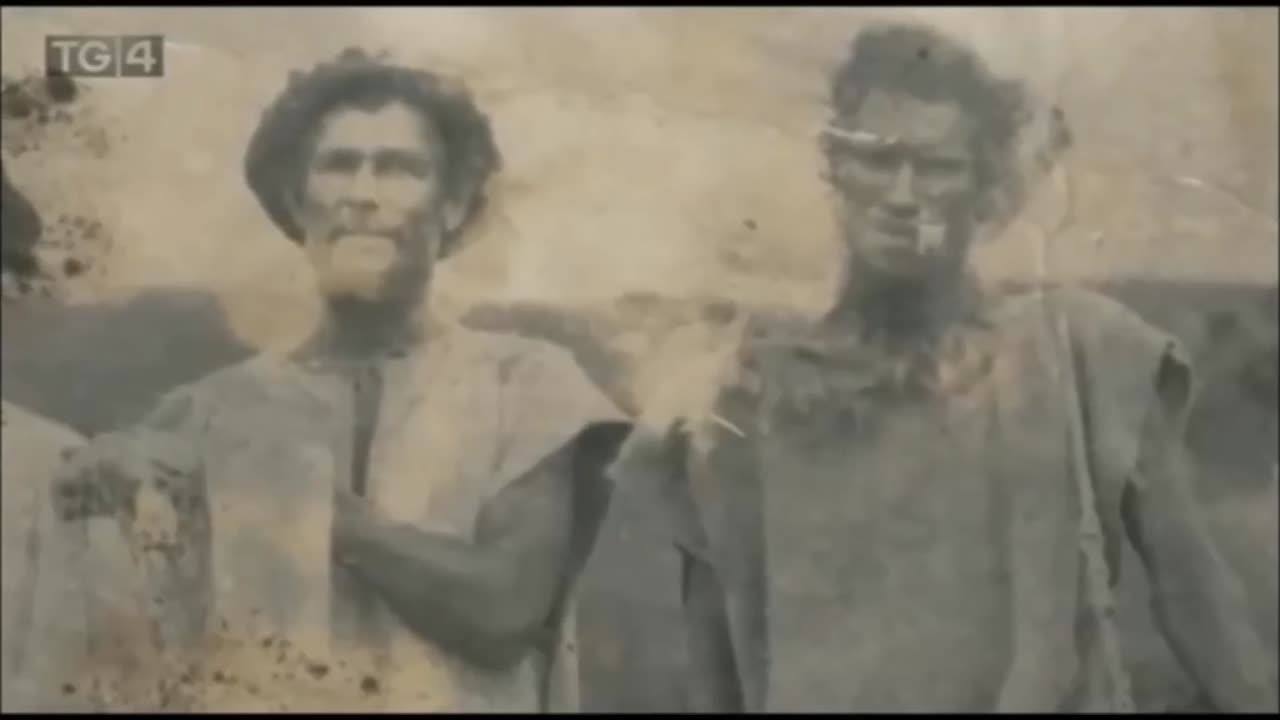Premium Only Content

THE IRISH SUGAR SLAVES OF BARBADOS
00:01 – Barbados in Irish Folk Memory
Even today, Ireland holds Barbados in its collective memory. It’s a name that evokes fascination, perhaps due to the historical bonds forged during the dark era of Irish indentured servitude.
09:10 – Arrival and Enslavement of Irish in Barbados
Under Cromwell’s regime, tens of thousands of Irish were forcibly transported to Barbados as indentured servants—many essentially slaves—who were often sold at ship arrival and immediately put to hard labor on plantations.
14:31 – Brutality and Cruelty in Plantation Life
Irish servants, like African slaves, faced inhumane conditions: beatings, minimal food, disease, and exposure. Their value was less than that of African slaves because indentures expired in 5–7 years, reducing planter investment in their survival.
05:28 – The Red Legs Community
These descendants of Irish indentured servants (SLAVES), known as “Red Legs,” were extremely poor, lived barefoot, and hauled coconuts. They were marginalized by both black and elite white communities and lacked integration or upward mobility.
18:54 – Archaeological and Cultural Evidence
Excavations at St. Nicholas Abbey reveal dietary habits (mostly stews) and domestic roles (button and ceramic game pieces hint at tailoring and leisure). White women once served as seamstresses for plantations.
20:02 – Rum and Disease
Rum consumption was rampant among poor whites, contributing to health issues, including parasitic infections like hookworm. Unlike Africans, poor whites had weak social support systems and often suffered alone.
22:38 – Stigma, Isolation, and Intermarriage
Due to isolation, intermarriage among cousins became common. The Red Legs suffered stigma, and social mixing with blacks was frowned upon. This insularity contributed to ongoing poverty and ignorance of heritage.
23:40 – Population Shift and Role as Buffer
By the 1660s, blacks outnumbered whites in Barbados. Poor whites were used as a "buffer" class between elite planters and black slaves and were even required by law to serve in militias for internal control.
46:15 – Loss of Identity and Forgotten Histories
Many Irish descendants lost their identity, symbolized by decaying wooden graves versus elaborate monuments of the elite. A grassroots movement now seeks to reclaim this hidden legacy.
48:56 – Modern-Day Reflections
Interviews reveal pride and resilience among Red Leg descendants, despite harsh lives and continued racism. Some are regaining connections to their Irish roots and advocating for remembrance and justice.
Resources:
Ancient History of Ireland, Tuatha Dé Danann, Scythians, and Phoenicians - ROBERT SEPEHR
Egyptian princess Scotia - ROBERT SEPEHR
Assortment of Books on Ancient Ireland and its people
-
 LIVE
LIVE
Wendy Bell Radio
4 hours agoWill Democrats Let Americans Go Hungry?
3,931 watching -
 LIVE
LIVE
Chad Prather
12 hours agoWhen the Spirit Collides with the Spotlight
3,502 watching -
 LIVE
LIVE
LFA TV
12 hours agoLIVE & BREAKING NEWS! | TUESDAY 10/28/25
3,921 watching -
 LIVE
LIVE
The Chris Salcedo Show
14 hours agoDemocrats Rally Behind Communist Totalitarianism
560 watching -
 56:00
56:00
Julie Green Ministries
2 hours agoTHE REAL REASON PRESIDENT TRUMP NEVER CONCEDED THE 2020 ELECTION
28K102 -
 1:30:18
1:30:18
Game On!
17 hours ago $2.77 earned2025 Sports Equinox Did NOT Disappoint!
8.45K1 -
 7:02
7:02
Adam Does Movies
18 hours ago $4.79 earnedIT: Welcome To Derry Episode 1 - Review
24.7K3 -
 9:05
9:05
Millionaire Mentor
16 hours agoTrump EXPOSES Obama and Biden LIVE As Jim Jordan Backs Him Up
13.1K8 -
 1:34
1:34
WildCreatures
1 day ago $4.17 earnedMajestic Spotted Eagle Rays Fly Past Scuba Diver in the Galapagos Islands
10.8K8 -

BEK TV
23 hours agoTrent Loos in the Morning - 10/28/2025
13.5K1